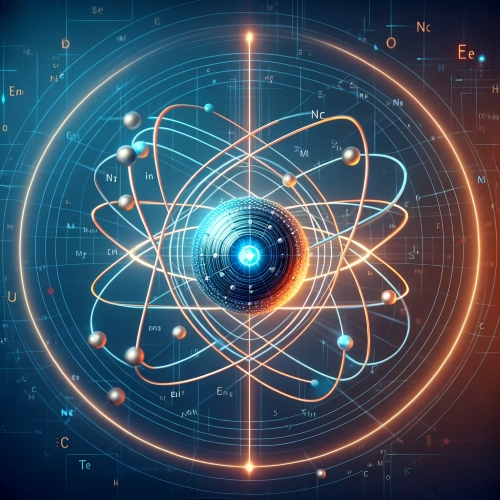Magnetic Moment: Definition, Measurement, and Examples
Introduction
The magnetic moment (μ) is a fundamental property of magnetic objects that quantifies the strength and direction of their magnetism. It's a vector quantity, which means it has both magnitude and direction. They are crucial in understanding how materials respond to magnetic fields, influencing everything from atomic to macroscopic scales.

What Is the Magnetic Moment?
The magnetic moment of an object is a measure of its tendency to align with a magnetic field. In simple terms, it indicates how strong a magnet the object is and in which direction its magnetic force is pointed. It is determined by the current and the area vector of the loop if it’s a classical current loop, or by the angular momentum of electrons in atoms.
Related Reading: What’s Magnetic Moment?
How to Measure Magnetic Moment?
It is typically measured in units of Amperes times square meters (A·m²) in the SI system or in Bohr magnetons (μB) at the atomic level. One Bohr magneton is the magnetic moment of an electron orbiting an atom, roughly equal to 9.27×10−24 A·m².
Measurement techniques vary based on the scale and context but often involve placing the object in a known magnetic field and measuring the torque that the field exerts on the object. Another method is using a SQUID (Superconducting Quantum Interference Device), which is highly sensitive to magnetic fields and can measure the magnetic moment with high precision.
Examples of Different Shapes
The magnetic moment of a magnet, which quantifies its strength and directional tendency in a magnetic field, can significantly vary across different forms and materials of magnets. Here's a look at examples that differ based on the form of the magnet:
1. Bar Magnets
Bar magnets are one of the simplest forms, typically made of ferromagnetic materials like iron, cobalt, or nickel. The magnetic moment of a bar magnet is concentrated along its length, from the south pole to the north pole. The magnitude of the magnetic moment depends on the material's magnetic properties and the size of the bar.
2. Cylindrical Magnets
Cylindrical magnets, often used in electronic devices, have their magnetic moments aligned along the axis of the cylinder. The value of these magnets can be very high, especially if they are made from high-coercivity materials like neodymium-iron-boron (NdFeB) or samarium-cobalt (SmCo).
3. Disk Magnets
Disk magnets have a flat, circular shape, and their magnetic moments are perpendicular to the plane of the disk. The distribution in disk magnets allows for a strong magnetic field to be generated over a broad area on one side of the disk, making them ideal for magnetic closures and mounting applications.
4. Ring Magnets
Ring magnets are similar to disk magnets but with a central hole. The magnetic moment in ring magnets is also perpendicular to the plane, but the central hole can affect the distribution of the magnetic field, creating a more uniform field around the perimeter of the ring.
5. Sphere Magnets
Sphere magnets, though less common, have their magnetic moments evenly distributed across the surface. However, when magnetized, they typically have a single axis of magnetization, similar to bar magnets, but the symmetrical shape distributes the field more uniformly in all directions around the sphere.
6. Electromagnets
In terms of electromagnets, which are created by running an electric current through a coil of wire, their magnetic moment can be dynamically adjusted by changing the current's strength. This adjustability makes electromagnets incredibly versatile, as their magnetic value can be significantly higher than those of permanent magnets, depending on the coil's turns and the current flowing through it.
Conclusion
Each form of magnet has a unique distribution and magnitude of magnetic moment. Understanding such a concept is essential in physics and engineering, influencing the design of magnetic materials, storage devices, and many types of sensors and motors. For more details, please visit Stanford Magnets.












